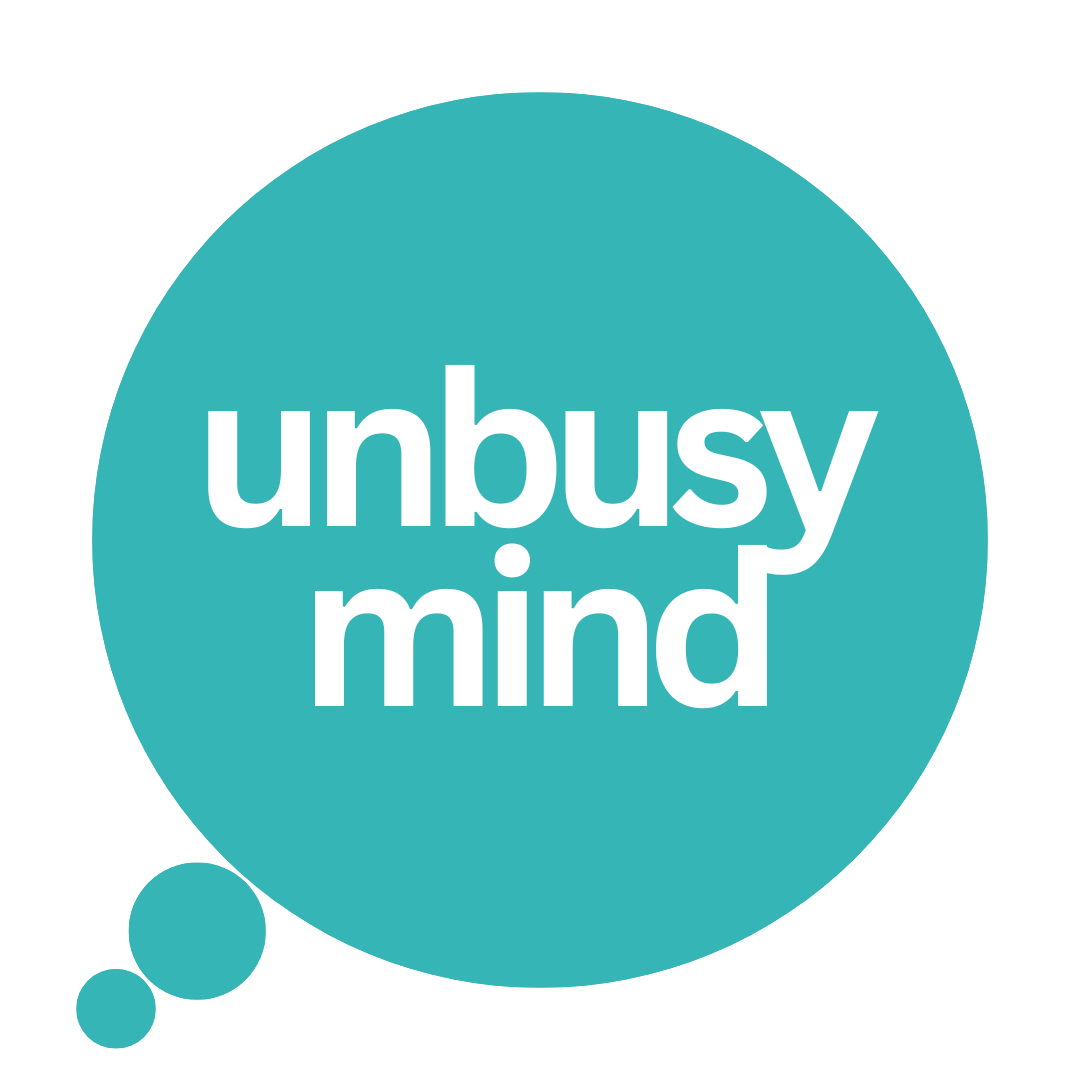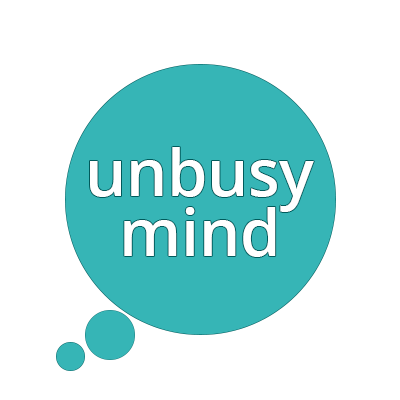
19 Oct 5 Mindfulness Practices to Help Reduce Anxiety
Worrying is something we all do. Let’s be honest, sometimes life throws more at us than we feel equipped to handle. Anxiety, that ever-lurking shadow, seems to pounce at the worst possible moments. The tension, nervousness, and even physical discomfort that come with it can make us feel like we’re spiraling out of control. But here’s the thing: we don’t have to stay stuck in that spiral. With mindfulness practices, we can calm the mind, soothe the body, and reduce anxiety. Sounds like a dream, right? Well, it’s very much achievable.
In this guide, we’ll walk through 5 mindfulness practices that help you stay grounded and present, making anxiety a little less daunting. These are not quick fixes but lifelong tools you can use to transform how you relate to anxiety. So, grab a cozy spot, take a deep breath, and let’s dive into some simple, effective ways to calm that racing mind.
What is Mindfulness and Why Does it Matter?
Mindfulness is all about being fully present in the moment—without judgment. Instead of letting our thoughts drag us into past regrets or future worries, mindfulness anchors us to the now. When we practice mindfulness regularly, it can become our go-to tool for reducing anxiety, helping us respond more calmly instead of reacting impulsively. It’s like having a mental reset button that shifts us away from the chaos in our heads and into the peace of the present moment.
The Science Behind Anxiety and Mindfulness
Anxiety kicks in when our body’s fight-or-flight system goes into overdrive. It’s a survival mechanism, but it can be triggered even when there’s no real danger. Mindfulness, however, activates the body’s relaxation response. By focusing on the present and breathing deeply, we can signal to our nervous system that it’s okay to relax. It’s like turning off an alarm when there’s no fire.
Key Benefits of Mindfulness in Anxiety Management
- Reduction of anxious thoughts: Mindfulness helps us observe our thoughts without getting tangled in them.
- Physical relaxation: The body often tenses up when anxious, but mindfulness can ease this tension.
- Improved emotional regulation: Mindfulness teaches us to respond thoughtfully rather than react impulsively.
- Greater awareness: We become more attuned to our emotions, allowing us to manage them better.
1. Connecting with Your Breath
One of the simplest yet most powerful mindfulness practices is connecting with your breath. When anxiety strikes, our minds tend to go into overdrive, jumping from one worry to the next. By focusing on the breath, we give our mind a break from this whirlwind and anchor ourselves in the present.
How to Practice Breath Awareness
- Find a comfortable position—either sitting or lying down.
- Close your eyes and begin to notice your breath.
- Inhale deeply, feeling the air enter your body.
- Exhale slowly, letting go of tension with each breath.
- Stay with this process, focusing on each inhale and exhale.
Notice how this feels? As you continue to breathe, your mind will start to slow down. Your breath serves as a bridge between your racing thoughts and the present moment, helping you step back from the cycle of worry.
Why the Breath Works Wonders for Anxiety
The breath is always with us, making it a perfect anchor when anxiety flares up. By focusing on something as simple as your inhale and exhale, you give your mind a break from the past and future worries, creating space for calmness to emerge.
2. Embracing the Mind-Body Connection
Anxiety doesn’t just stay in our heads—it spreads to our bodies too. Think about it. When we’re anxious, we often feel tightness in our chest, our heart races, and our muscles tense up. This is where mindfulness can really shine. By tuning into the physical sensations that accompany anxiety, we can reduce the emotional and physical intensity of the experience.
Grounding Yourself in the Present
Try this the next time you feel anxious:
- Notice your body: Are your shoulders tight? Is your stomach in knots? Is your jaw clenched?
- Breathe into these areas: As you breathe deeply, imagine sending relaxation to those tight spots.
- Release the tension: With each exhale, release the tension from those areas.
By becoming aware of how anxiety manifests physically, we can start to release it. The mind and body are deeply connected, and when we calm one, we often calm the other.
3. Observing Thoughts Without Judgment
We all know how it goes. You’re lying in bed, trying to sleep, but your mind is playing out every possible worst-case scenario. Mindfulness helps us break free from this cycle by observing our thoughts without getting caught up in them. Think of your thoughts as clouds—let them float by without attaching to them.
How to Practice Non-Reactivity
- When an anxious thought pops up, don’t react. Just notice it.
- Label the thought for what it is: “This is worry,” “This is fear.”
- Watch the thought pass, just like a cloud drifting across the sky.
You’ll start to realize that thoughts are just that—thoughts. They aren’t facts, and they don’t define reality. By observing them without getting swept up, you can reduce their power over you.
4. Noting: Identifying Emotions
Noting is a simple practice where you mentally “note” or label your thoughts and feelings as they arise. This can be a helpful tool in reducing anxiety because it creates space between you and the emotion.
How to Practice Noting
- Notice your emotion: Are you feeling anxious? Sad? Angry?
- Label the emotion: Simply name it—”There’s anxiety,” “There’s frustration.”
- Let it go: Acknowledge the emotion, and then let it pass.
By acknowledging our emotions without judgment, we can learn to experience them without letting them control us. This practice is especially helpful in moments of intense anxiety because it allows us to step back and observe rather than react.
5. Pausing: The Art of Mindfulness in Action
When anxiety comes rushing in, our first instinct is often to react immediately—usually with more panic. But what if we just paused for a moment? What if we allowed ourselves to stop, breathe, and create some space before reacting?
Practicing the Pause
- The moment you feel anxiety rising, pause.
- Take a few deep breaths.
- Observe what’s happening—your thoughts, your feelings, your body.
- Resist the urge to react.
The Power of the Pause
By giving yourself a moment to pause, you can prevent anxiety from spiraling out of control. This brief window of time allows you to make more mindful decisions about how to respond. It’s like pressing the pause button on a remote—everything slows down, and you regain control.
The Path to Calm: A Lifelong Practice
Mindfulness isn’t a quick fix, but it’s a practice that can transform your relationship with anxiety. The more we practice, the better we become at navigating life’s challenges with grace and calm. These practices are tools you can return to again and again, each time building more resilience and peace.
Anxiety is a natural part of life, but it doesn’t have to control us. Through mindfulness practices like breath awareness, body scanning, observing thoughts, noting emotions, and pausing, we can cultivate a calmer, more grounded response to stress and anxiety. These practices aren’t just about escaping anxiety but about learning to live with it in a healthier, more mindful way.

